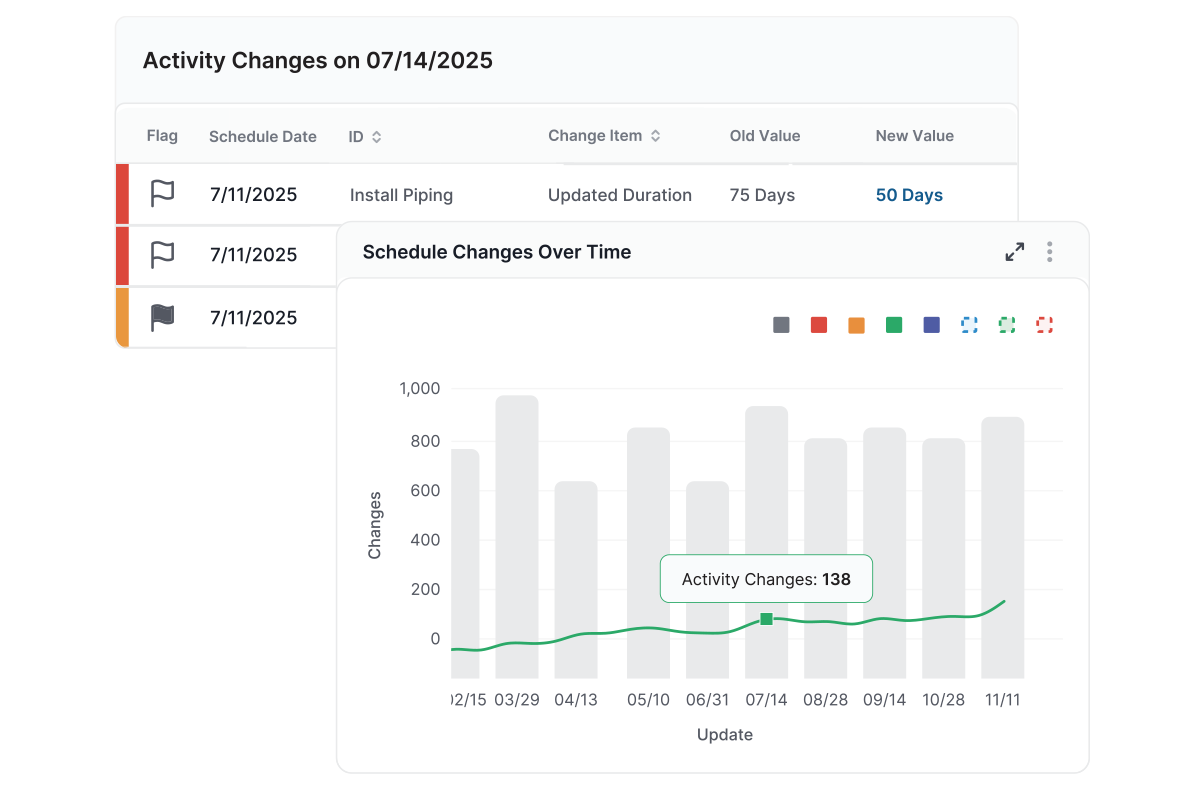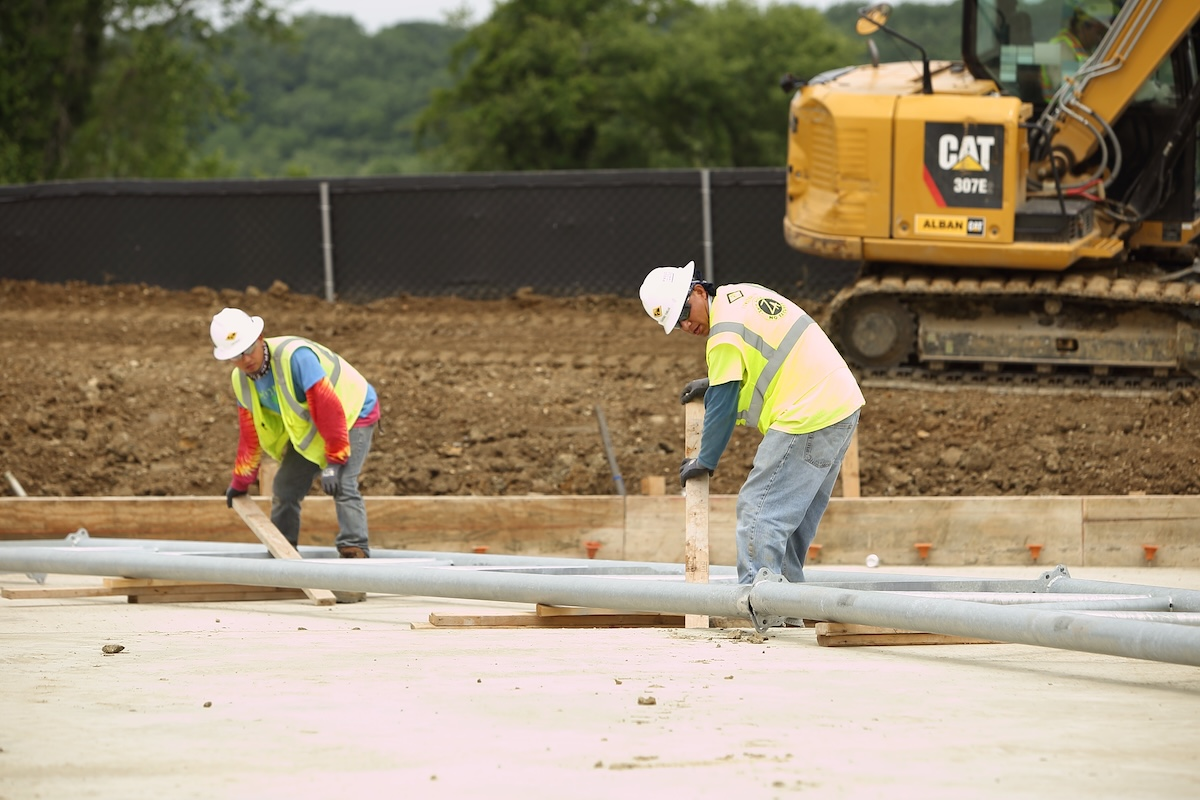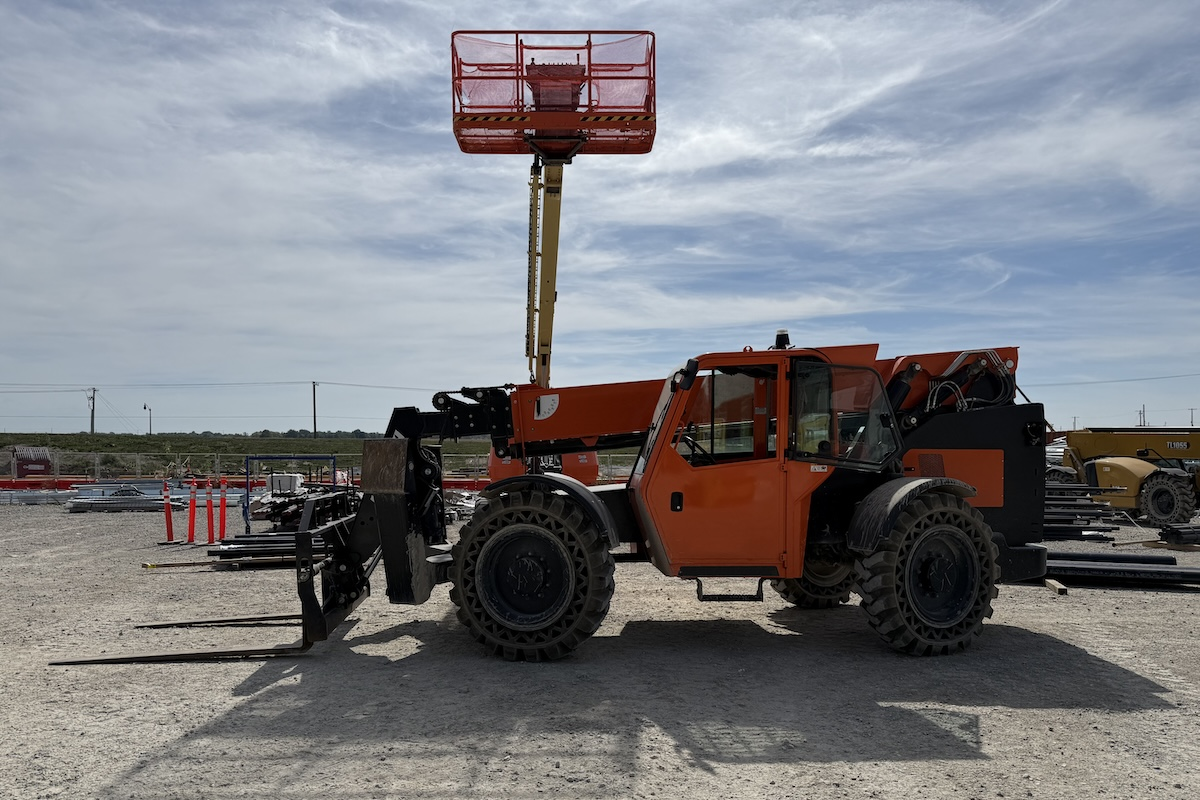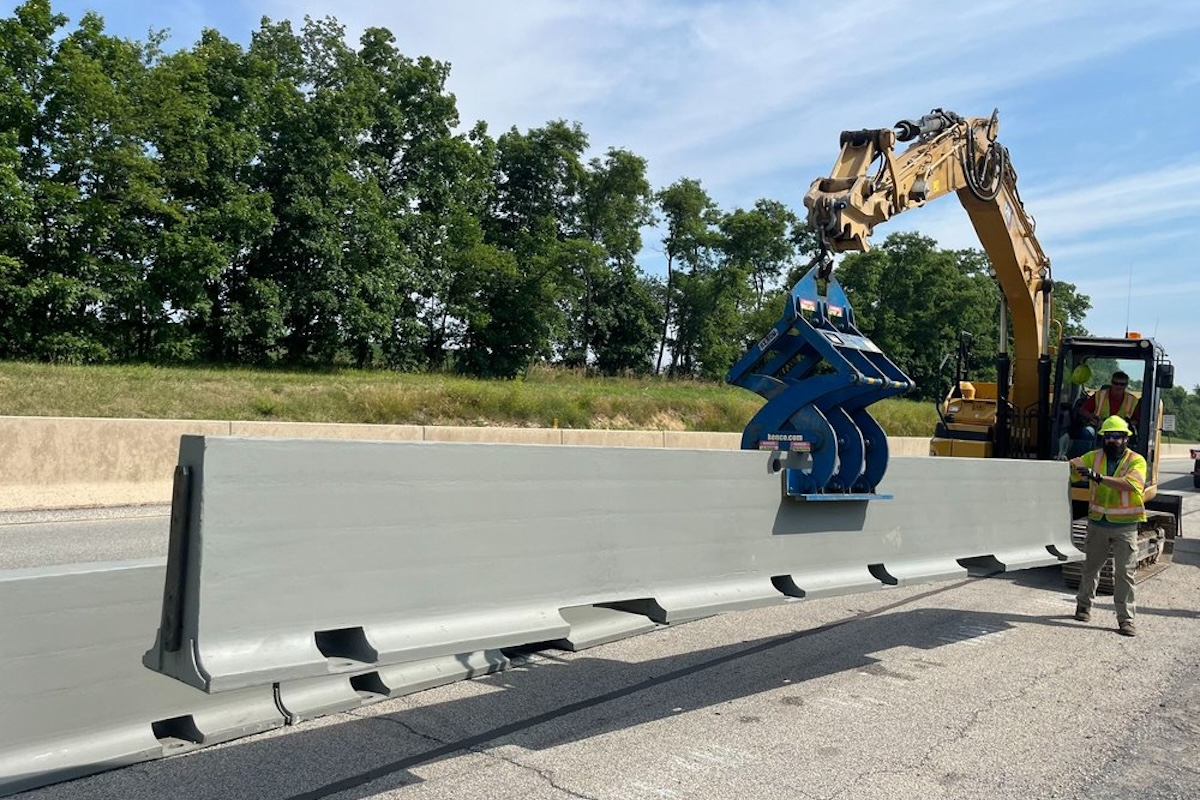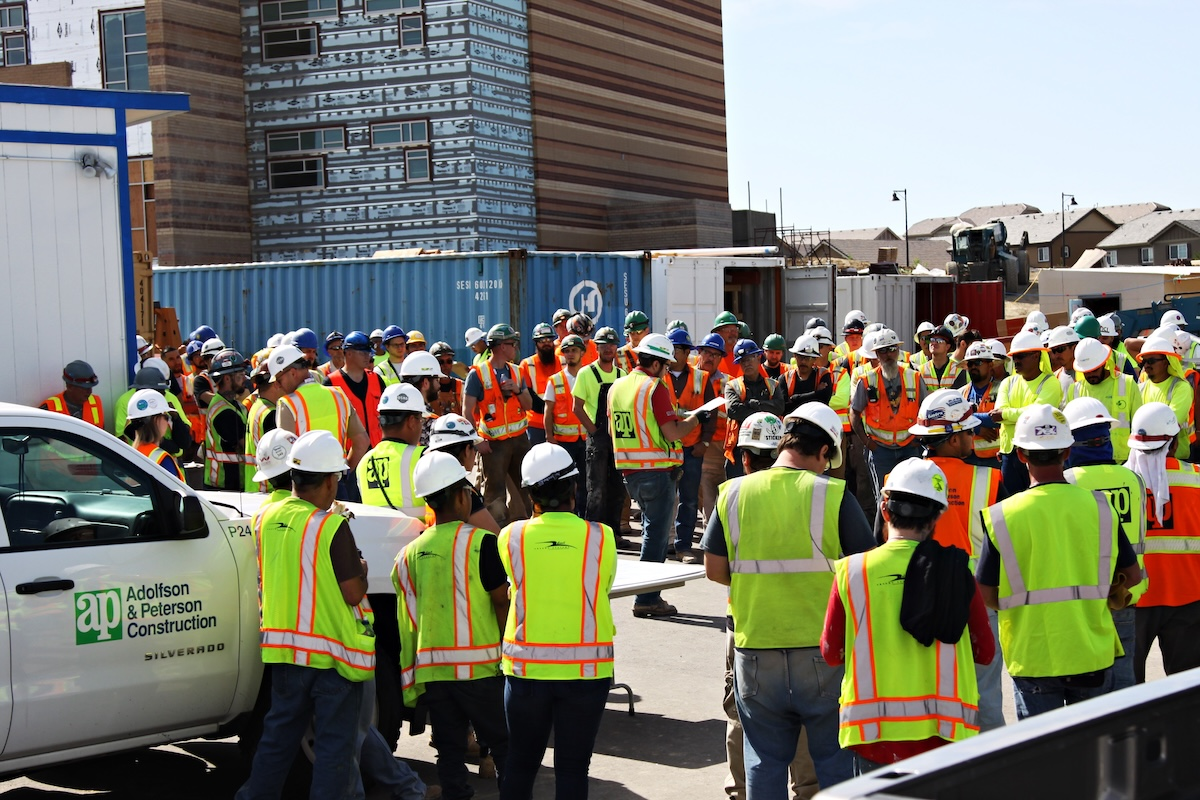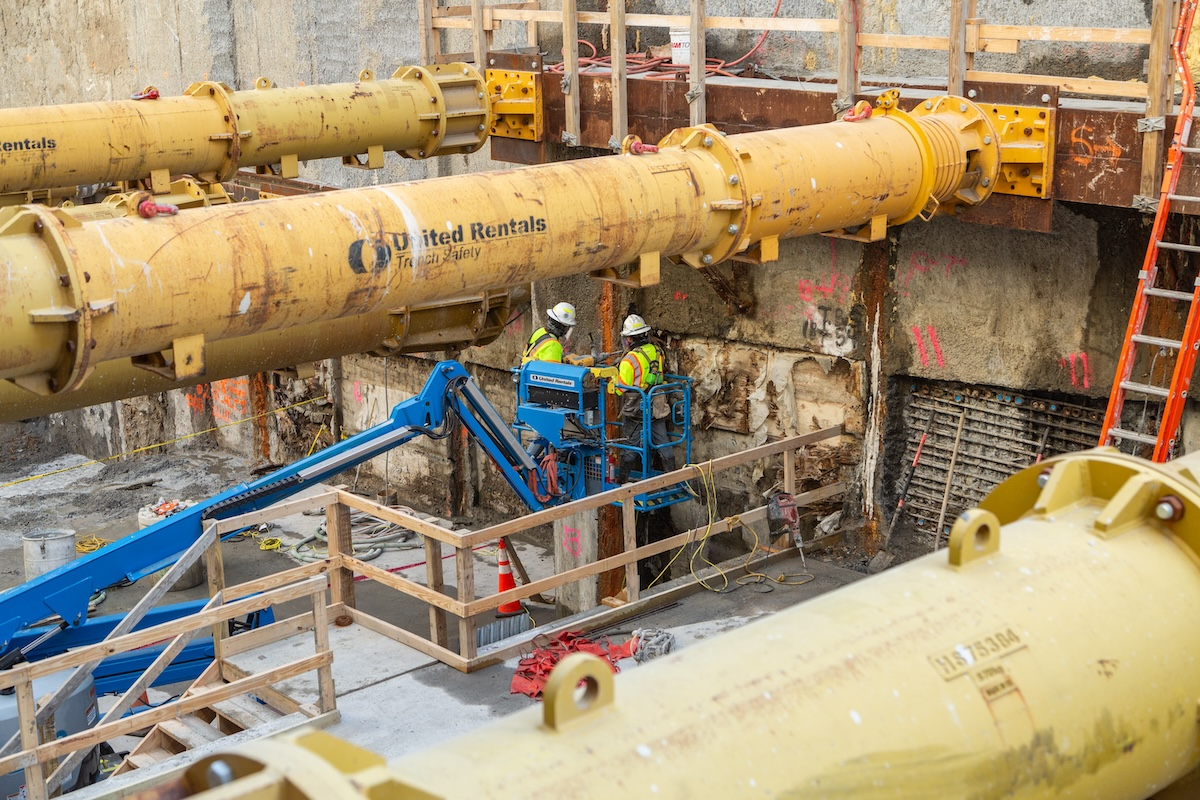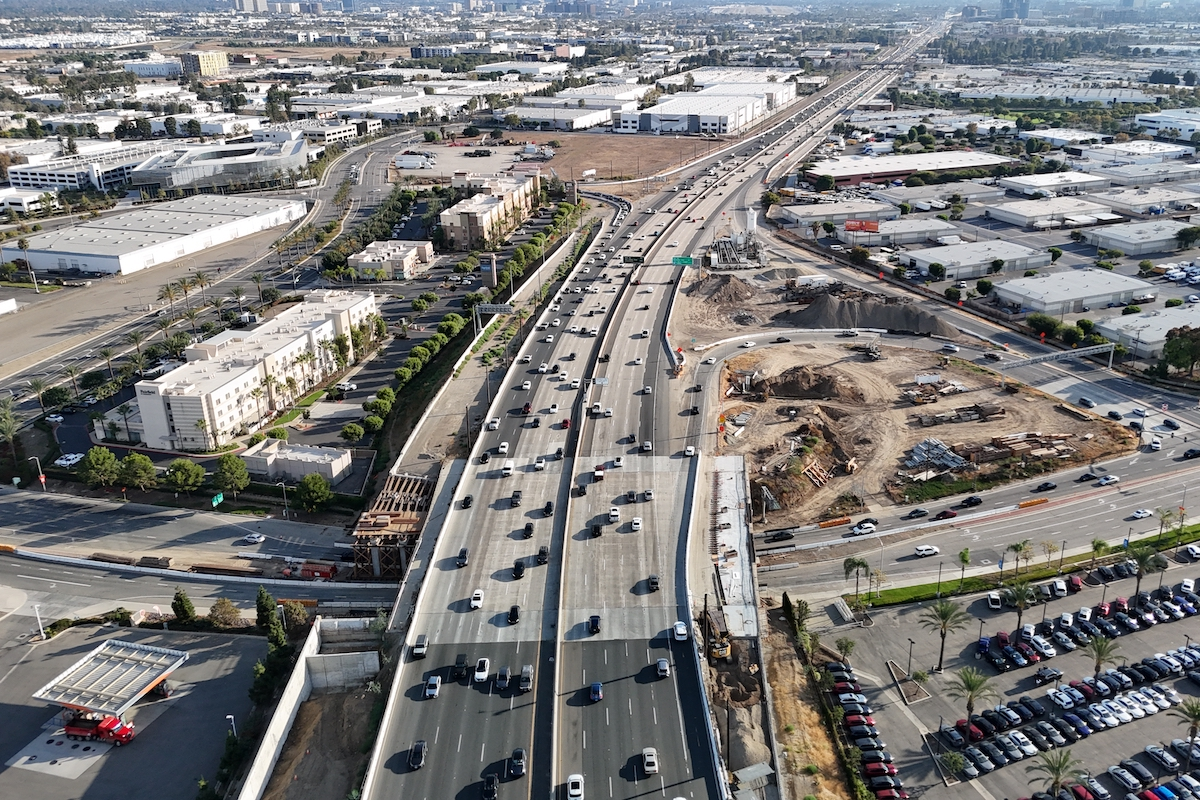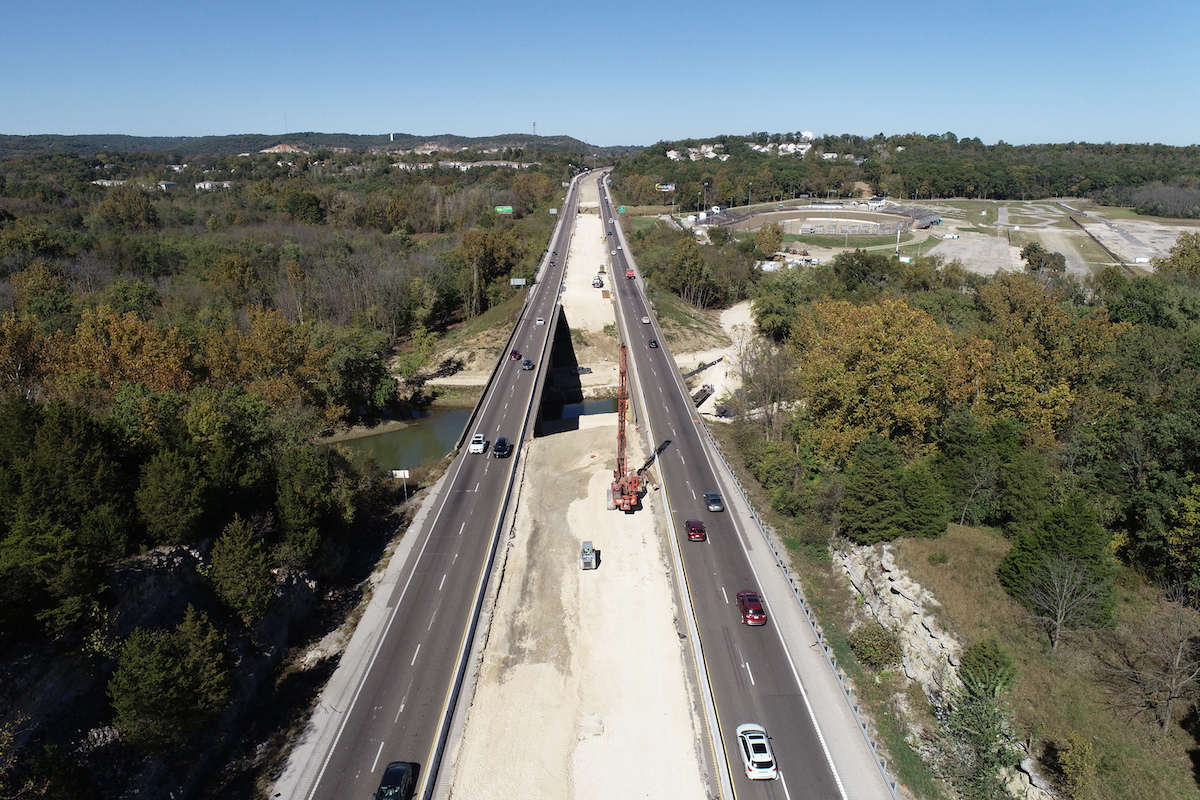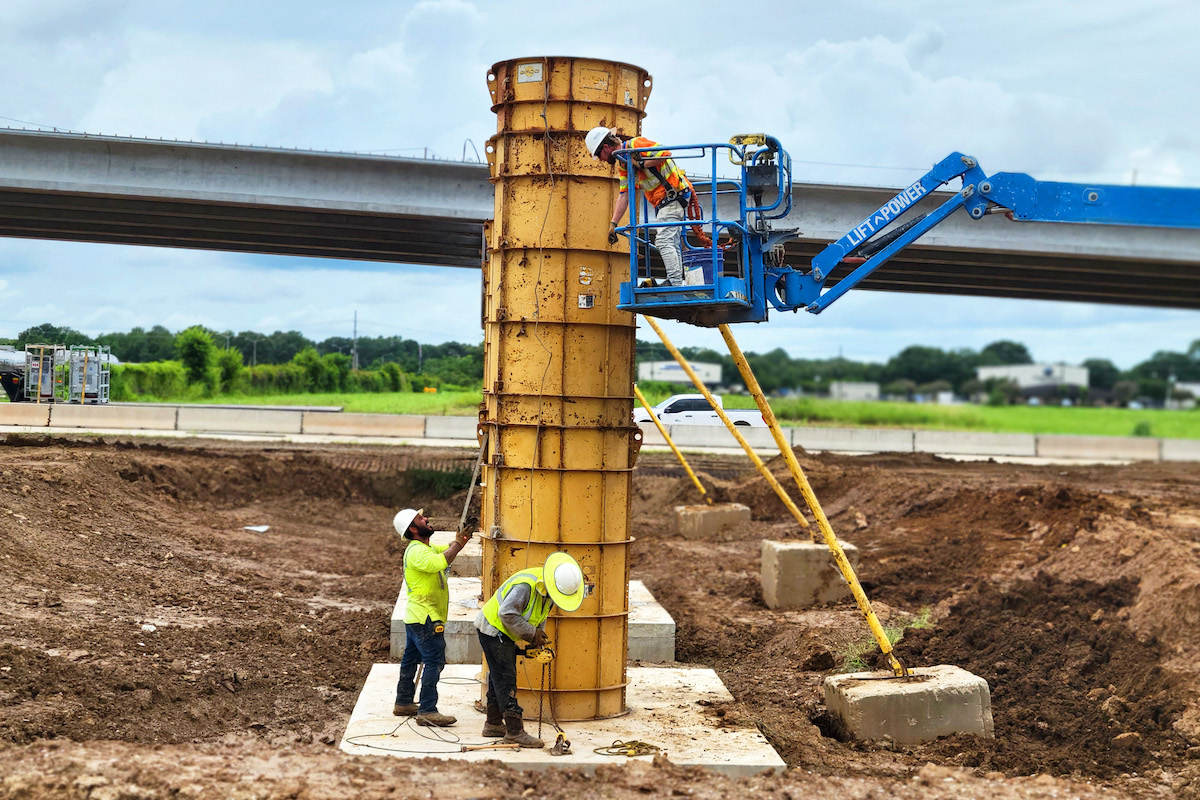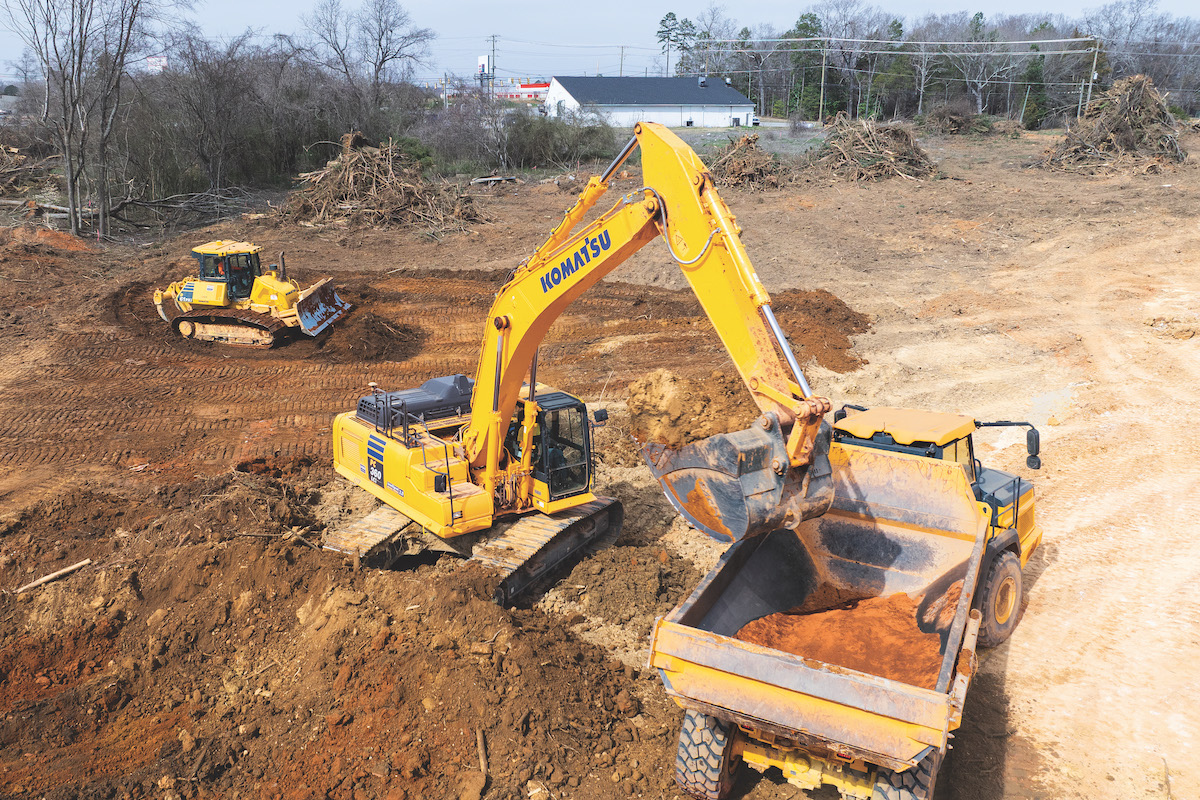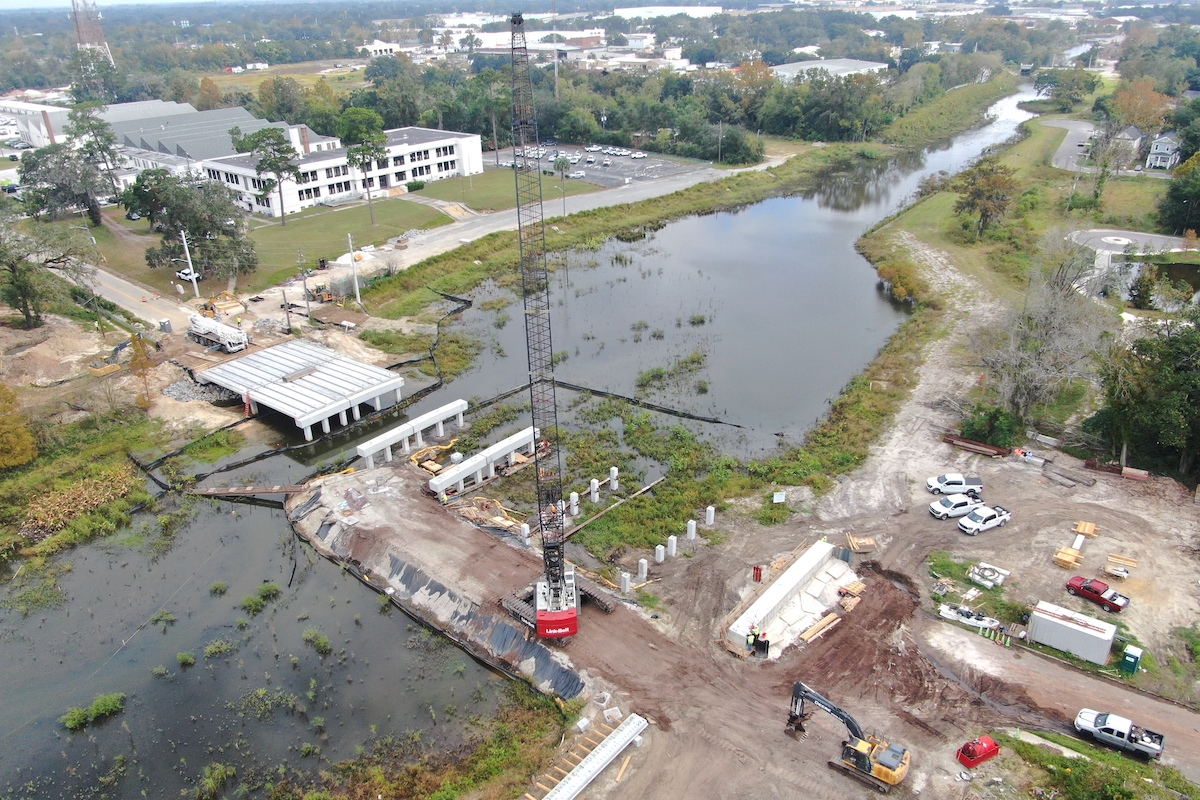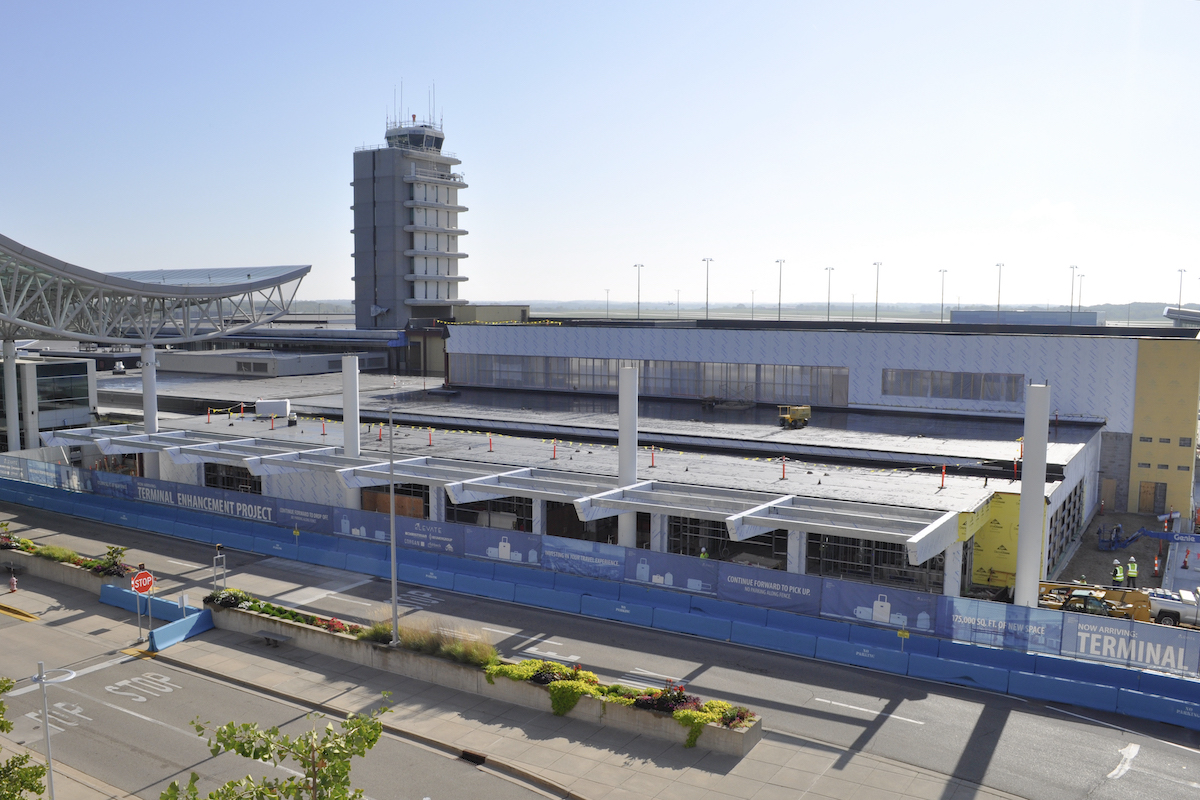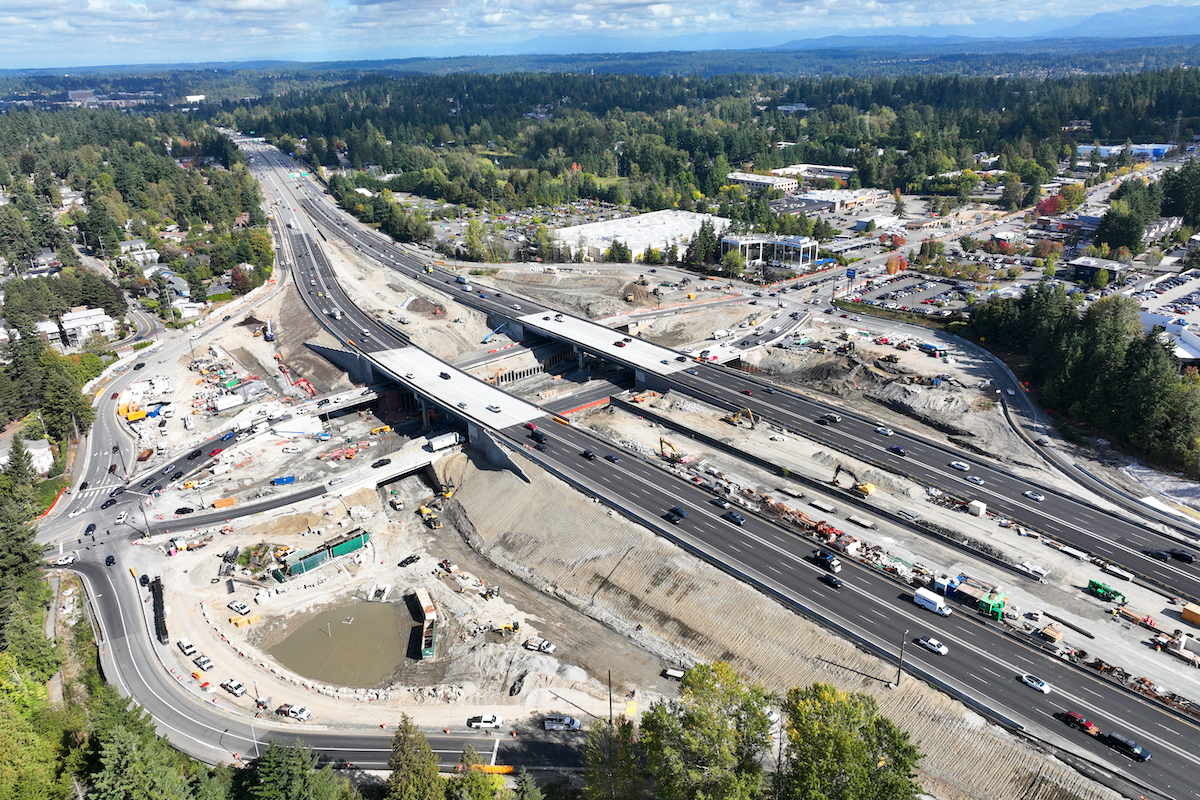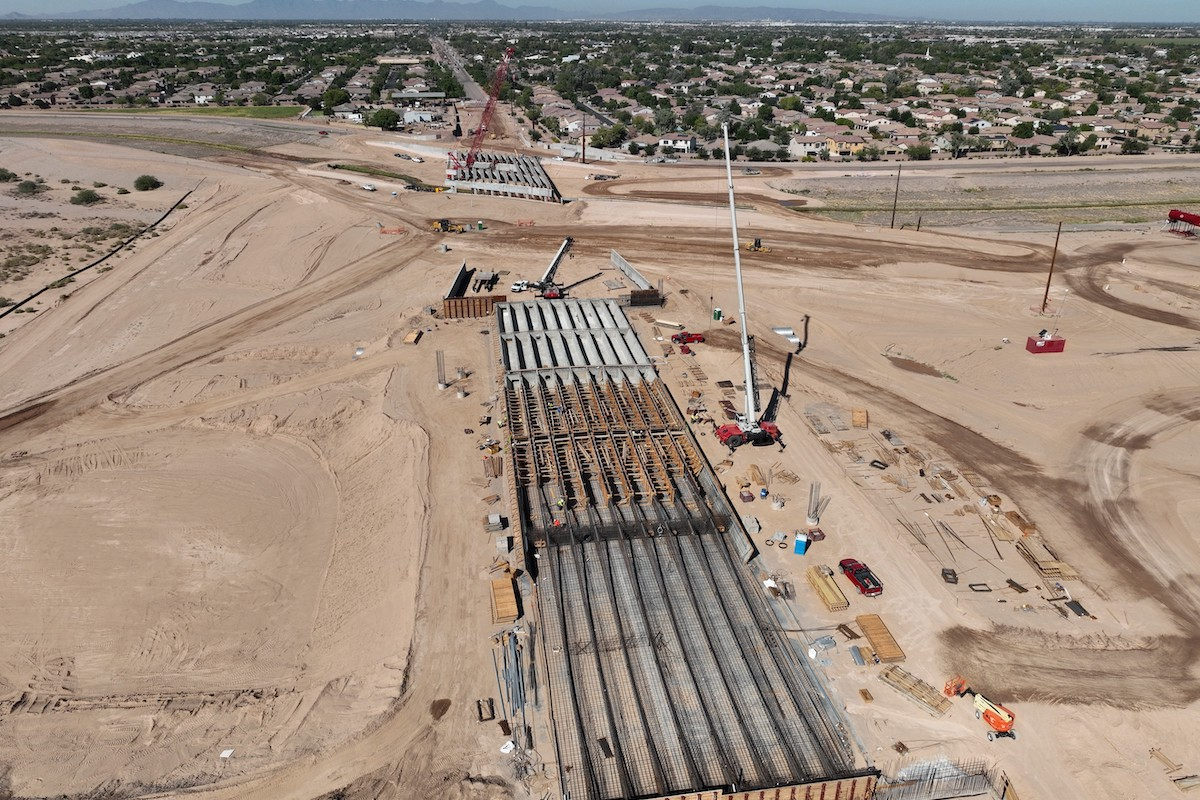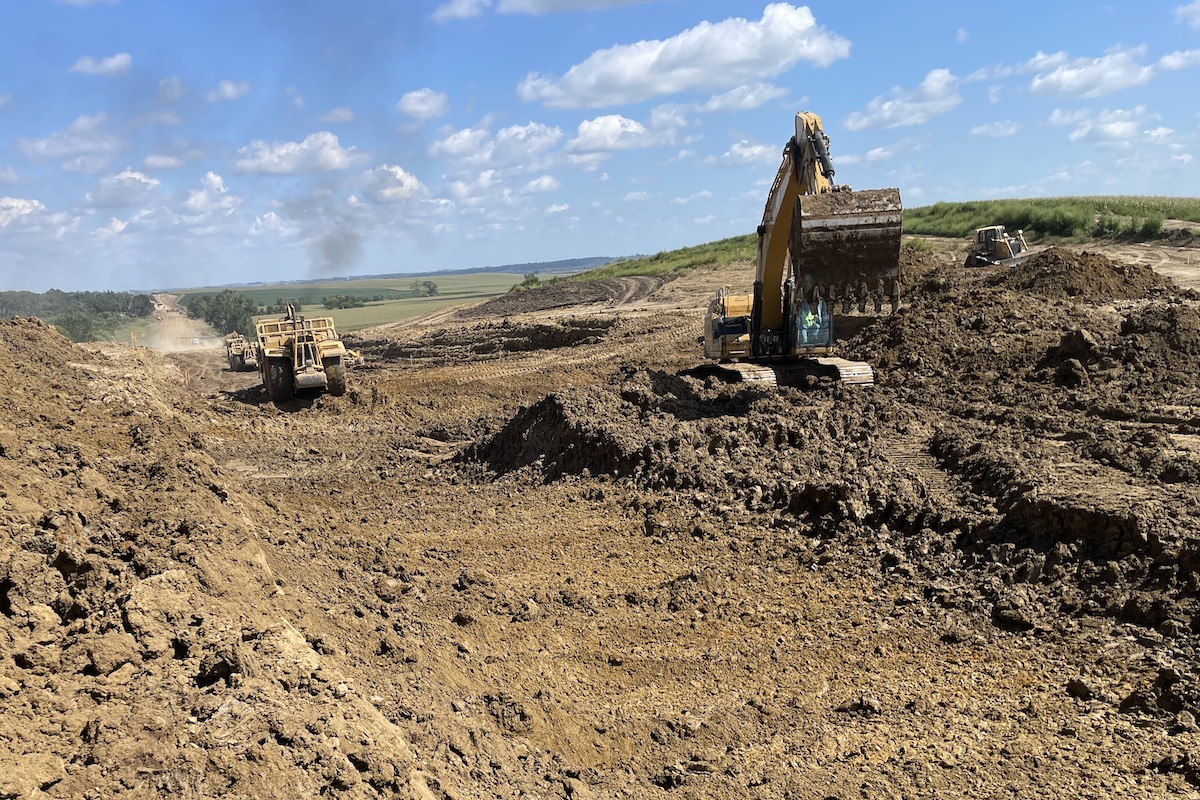Months after taking office in 2017 as governor of West Virginia, Jim Justice pushed for a statewide bond issuance to support his Roads to Prosperity Program. The $2.8 billion bond issuance passed overwhelmingly. Since then, over 1,320 projects have been completed with the funding. This program has helped to fund several large corridor expansion projects all over the state. According to a press release on the governor’s website, it has also funded many “smaller bridge, paving, and slide repair projects in every county — many of which might have remained untouched for years without this initiative.”
One of the corridor expansions that the Roads to Prosperity Program has had a significant impact on is the Coalfields Expressway. Originally designed in 1998, the 114-mile highway will go through southern West Virginia and into Virginia. Only a few miles were completed before the Roads to Prosperity plan revived the highway. The West Virginia Department of Transportation (WVDOT) and Bizzack Construction are constructing a 5.12-mile stretch from Welch (McDowell County) to Route 16. This is the Welch-WV 16 Interchange project.
The original designers, WVDOT, Justice, and others anticipate that the Coalfields Expressway will serve as one of the main corridors in the southern portion of West Virginia. The four-lane highway will replace U.S. Route 52, the current two-lane facility.
“A significant portion of traffic on U.S. Route 52 are trucks associated with transporting coal and timber,” said Ryland Musick, the District Ten District Engineer for the WVDOT Division of Highways.
Musick, who oversees District Ten’s McDowell, Mercer, Raleigh, and Wyoming counties, mentioned that U.S. 52 is a slow-moving route at times, with trucks having to traverse extended vertical grades.
Because of the corridor length of the Coalfields Expressway, WVDOT had to break up the project into smaller, usable project segments.
Currently, McDowell County is very rural in nature. Musick noted that when the expressway is completed, residents will be able to get in and out of the county to other parts of the state in a more efficient manner, and access to goods and services should be a lot easier.
While tourism abounds with access to all-terrain vehicle trails, those who live in downtown Welch have to travel up to 1.5 hours to go to large shopping complexes, malls, or larger metropolitan-type businesses.
“The expressway will open up the world to these people and give them greater opportunities,” Musick said.
Traffic experts expect the new expressway will knock off approximately 30 minutes of the commute time for Welch and other McDowell County residents to Beckley, West Virginia. Beckley is a bigger city that has more to offer residents.
Dealing with traffic tends to be one of the biggest challenges on infrastructure projects, but traffic is a non-issue on greenfield projects. In some ways, they have the opposite challenge on the Coalfields project.
The project area is 40 miles from a major road or interstate. Getting equipment and materials to and from the area takes a little while. The terrain in the area is mountainous, making it challenging to build on. The team uses drilling and blasting techniques to break through the mountains and expects to move over 16 million cubic yards of earthwork throughout its cut and fill operations. The cut and fill operations help raise and lower the existing ground grade to the designed vertical grades and horizontal curvature.
Once they loosen the earthworks, the question becomes where to put it all. The team moves the cut material from one portion of the job to another.
“We put the earthworks in the valley sections, as we’re striving to create a smooth geometrical alignment,” Musick said. “Evening out the highway will establish good horizontal lines and is good engineering practice.”
Another thing the team must be aware of is coal mines in and around the area. Mining locations bring special situations to the project, such as dealing with existing mine shafts and existing coal seams in the project site.
Like most other projects of this magnitude, the team also develops and maintains approved environmental plans that handle such issues as stormwater, erosion, and various impacts to wildlife and aquatic life in the area throughout the different phases of construction. Two aquatic animals that routinely make their presence known in this area are the candy darter and select species of crawdads.
Living at the bottom of streams, the candy darter is a small (around 3 inches) freshwater fish with vibrant colors. It is also a federally endangered species found primarily in Virginia and West Virginia. According to the U.S. Fish & Wildlife Service website, “nearly half of the 35 known candy darter populations have disappeared since the species was first described in 1932.”
Another environmental issue on the team’s radar is the isolated species of crawdads that are unique and endangered. Like candy darters, crawdads or crayfish live in freshwater environments. According to National Geographic’s website, 600 known species of crawdads and new varieties are found yearly. They come in a wide variety of shapes and sizes. The website said that the “southeastern United States and, to a lesser extent, Australia, are considered crayfish diversity hot spots.”
The general contractor, Bizzack Construction, is part of the Lawson Companies, which is headquartered in Lexington, Kentucky. The company has been around since the early 1950s and is known for its earthmoving capabilities. The 400-person firm counts 350 pieces of heavy equipment in its fleet.
Bizzack has successfully completed multiple major projects in West Virginia, including previous segments of the Coalfields Expressway.
“It takes a large earthmoving contractor like Bizzack to complete a project like this one,” Musick said. “They’ve been working hard to get the project done on time and according to the plans.”
The project has a construction price tag of $147.6 million. Most of the funding comes from turnpike bonds and federal aid. Currently, the project is on budget.
“It’s a complicated project, but the contractor works unobstructed, and there have been no significant project delays to add time or money,” Musick said.
Let in April 2022, the project is expected to be completed in summer 2026, on schedule.
“We purchased right of way up front and did utility relocation up front as well,” Musick said. “Sometimes, it’s hard to accomplish all of these items before the project goes out for bid. When you can, it makes the projects go so much smoother. The workforce has plenty of room to work and are not bumping into each other.”
Once completed, the Coalfields Expressway — and even small sections, like the Welch section — will be impactful to communities in southern West Virginia. The Welch section will take drivers closer to Mullens. The section from there to Beckley has been completed.
The Roads to Prosperity program is an example of a political promise that has come to fruition and aims to make a difference for citizens. McDowell County residents will be able to travel more easily in and around the state, giving them greater access to necessities.
- Owner: West Virginia Department of Transportation
- General Contractor: Bizzack Construction, Lexington, Kentucky
- Construction Inspection: HNTB, Kansas City, Missouri









